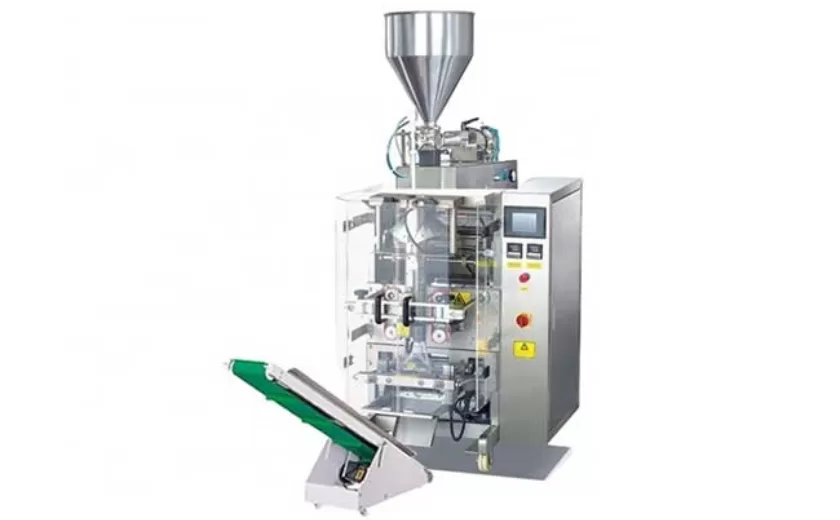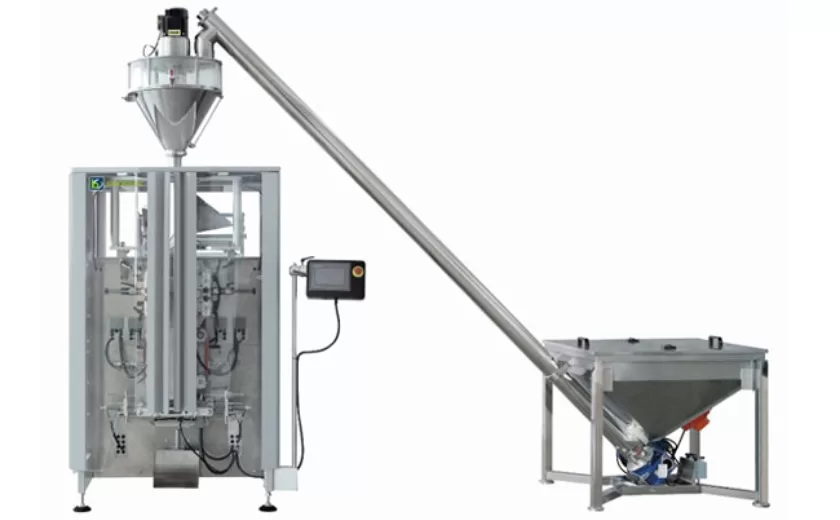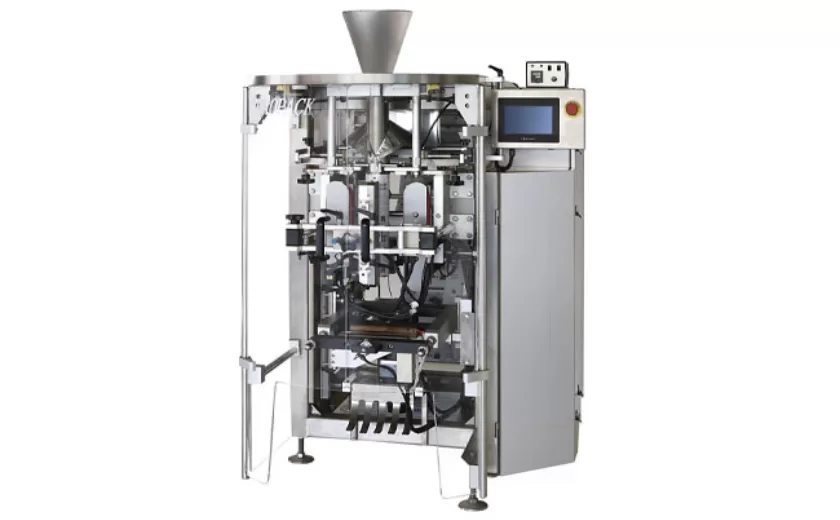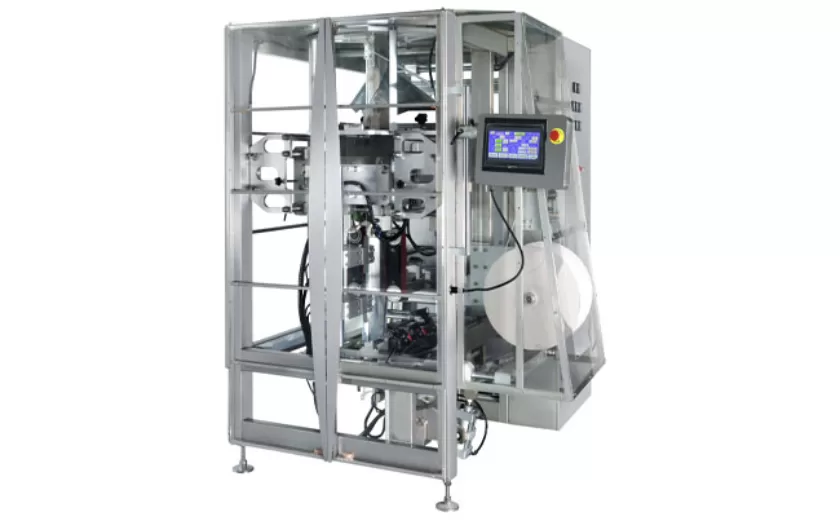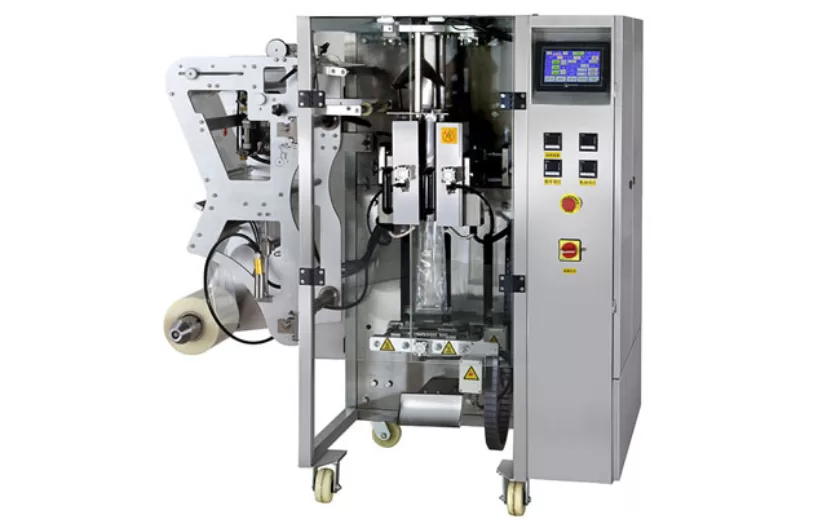Optimizing Warehouse Efficiency: A Deep Dive into Bin Packing Algorithms
Optimizing Warehouse Efficiency: A Deep Dive into Bin Packing Algorithms
In the realm of warehouse optimization, the utilization of bin packing algorithms stands out as a pivotal technique. With the rise of e-commerce and the need for speedy fulfillment services, the efficiency of packing items in the least amount of space has become increasingly critical.
Bin packing algorithms are at the core of this process, helping warehouses maximize their storage capacity and minimize wasted space. By intelligently allocating items into containers, these algorithms can streamline operations, reduce costs, and improve overall productivity.
There are several types of bin packing algorithms, including First Fit, Best Fit, and Next Fit, each with its unique approach to optimizing space. Understanding the intricacies of these algorithms is essential for warehouse managers looking to enhance their packing processes.
First Fit is a straightforward algorithm that places items into the first bin that can accommodate them. While simple to implement, it may lead to unevenly distributed bins and wasted space. Best Fit, on the other hand, allocates items to the bin with the least amount of remaining capacity, aiming to minimize leftover space.
Next Fit is a variant of First Fit but continues to pack items in the same bin until it reaches capacity before moving on to the next. This approach can lead to more optimal space utilization compared to First Fit. In addition to these classic algorithms, machine learning techniques have also been applied to bin packing, offering more advanced and adaptable solutions.
Machine learning models can analyze historical packing data, item dimensions, and other variables to predict the most efficient way to organize items in bins. By leveraging artificial intelligence, warehouses can optimize packing processes in real-time, adjusting to changing demands and inventory fluctuations.
As warehouses continue to adapt to the evolving landscape of e-commerce and logistics, the role of bin packing algorithms will only grow in significance. By investing in these advanced algorithms and technologies, businesses can stay ahead of the competition, reduce costs, and deliver a seamless customer experience.
Ultimately, the fusion of traditional bin packing algorithms with cutting-edge machine learning capabilities holds the key to unlocking unparalleled efficiency and productivity in warehouse operations.
-
High-Performance Liquid Filling and Packing Machines for Hygienic Production
10-10-2025 -
High-Efficiency Granule Packaging Machines for Precision and Speed
10-10-2025 -
High-Precision Auger Type Powder Filling Machines for Efficient Packaging
10-10-2025 -
Efficient Vertical Form Fill Seal Packaging Machines for Smart Production
10-10-2025 -
Vertical Form Fill Seal Machine Solutions for Efficient Packaging
10-10-2025 -
Efficient Packaging Solutions with Advanced Vertical FFS Machines
10-10-2025 -
Vertical FFS Machine Solutions for Efficient Packaging
30-09-2025 -
Vertical Form Fill Seal Packaging Machines: Reliable Solutions for Modern Production
30-09-2025 -
Advanced Vertical Packaging Solutions for High-Efficiency Production
30-09-2025 -
Reliable Packaging Solutions with Vertical FFS Machines
16-09-2025





